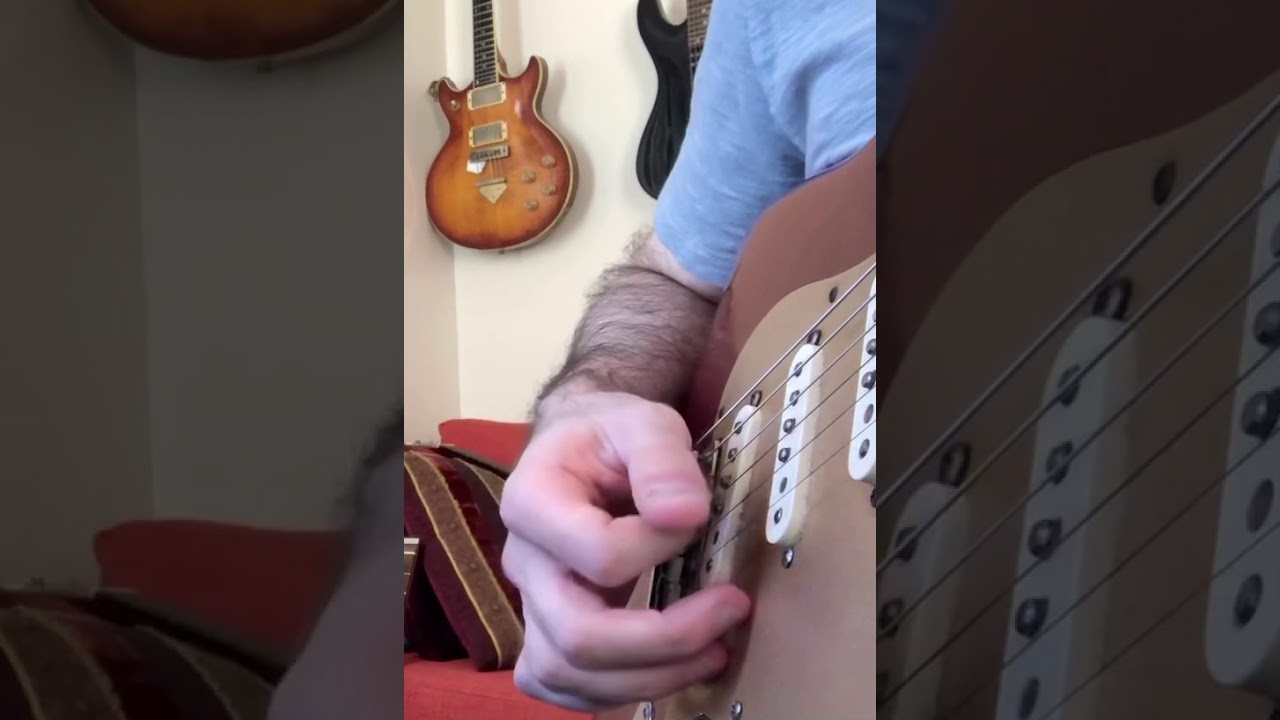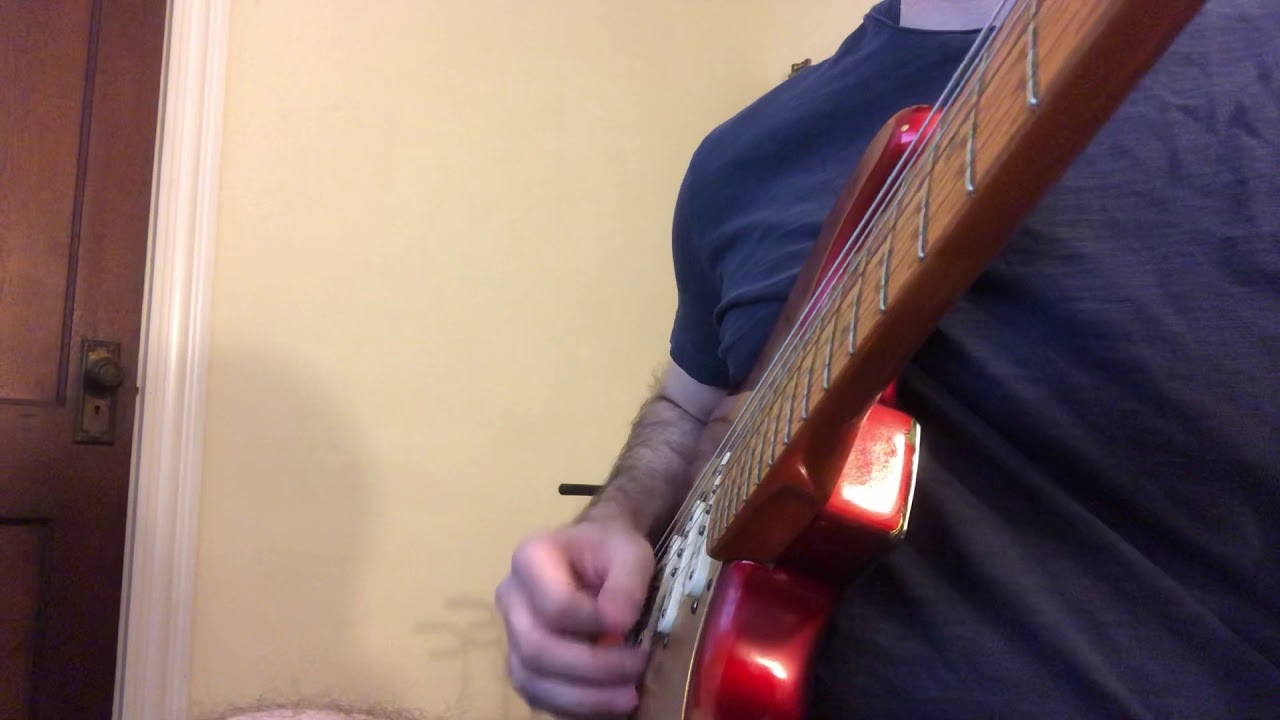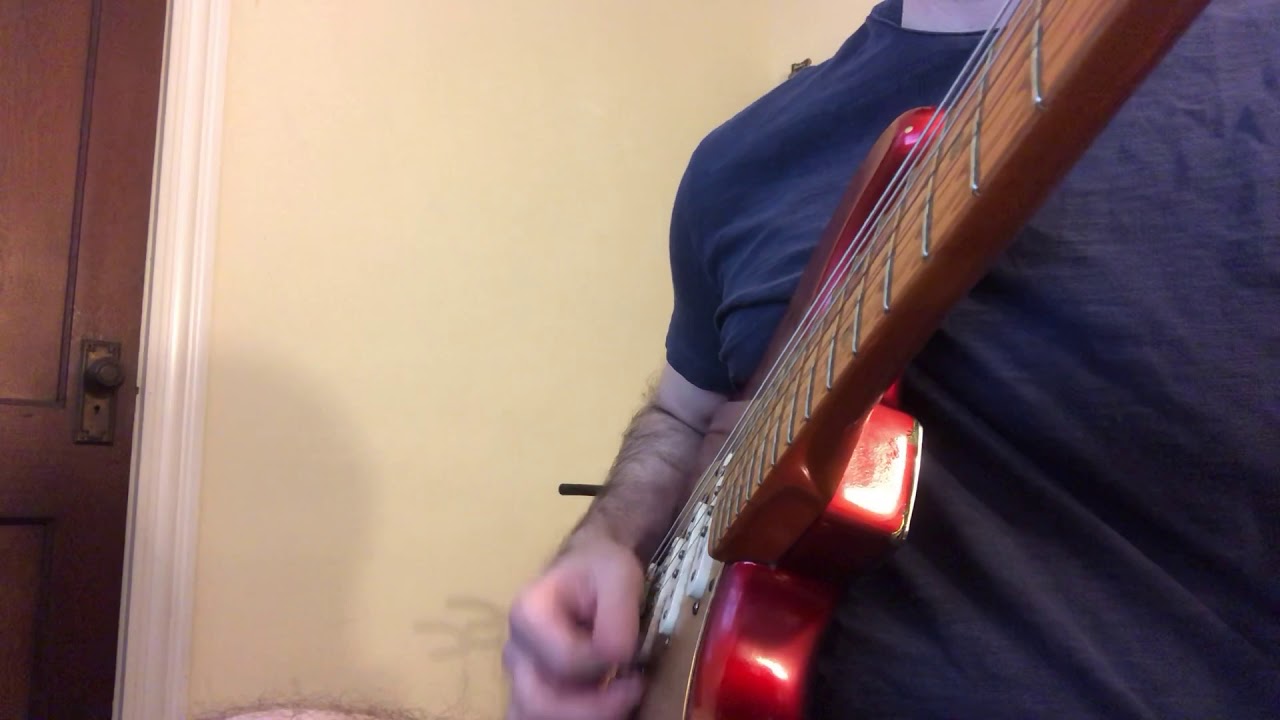Was wondering if this has been discussed before:
I’m at a place where I’m fairly ok/confident in both upstroke escape stuff and downstroke escape stuff, but I’m not terrific at switching between them. However I can ‘switch slants’ while playing fast lines if there is an adequate # of notes on a string before the slant has to change.
I’ve come up with some exercises/sequences that have, for example, stuff like 9 notes on one string then 11 notes on another, then back to the beginning, with alternate picking, so the ‘slants’ change within the exercise. Then the # of notes per string gradually decrease in various ways, 9&11, 9&9, 7&9, 7&7, 5&7, 5&5, etc etc. It’s a fun math problem and I’m exploring it with some success but I know that I can get a little lost in the deep end with an idea without maybe seeing theoretical limitations from the start of it, and I haven’t delved into this stuff in as much detail as many of you have.
I was curious if anybody else has toyed with this at all? Obviously the “proof will be in the pudding” but maybe there are variables in this that I hadn’t considered, or it’s simply been discussed before as either a ‘good’ or ‘bad’ strategy.



